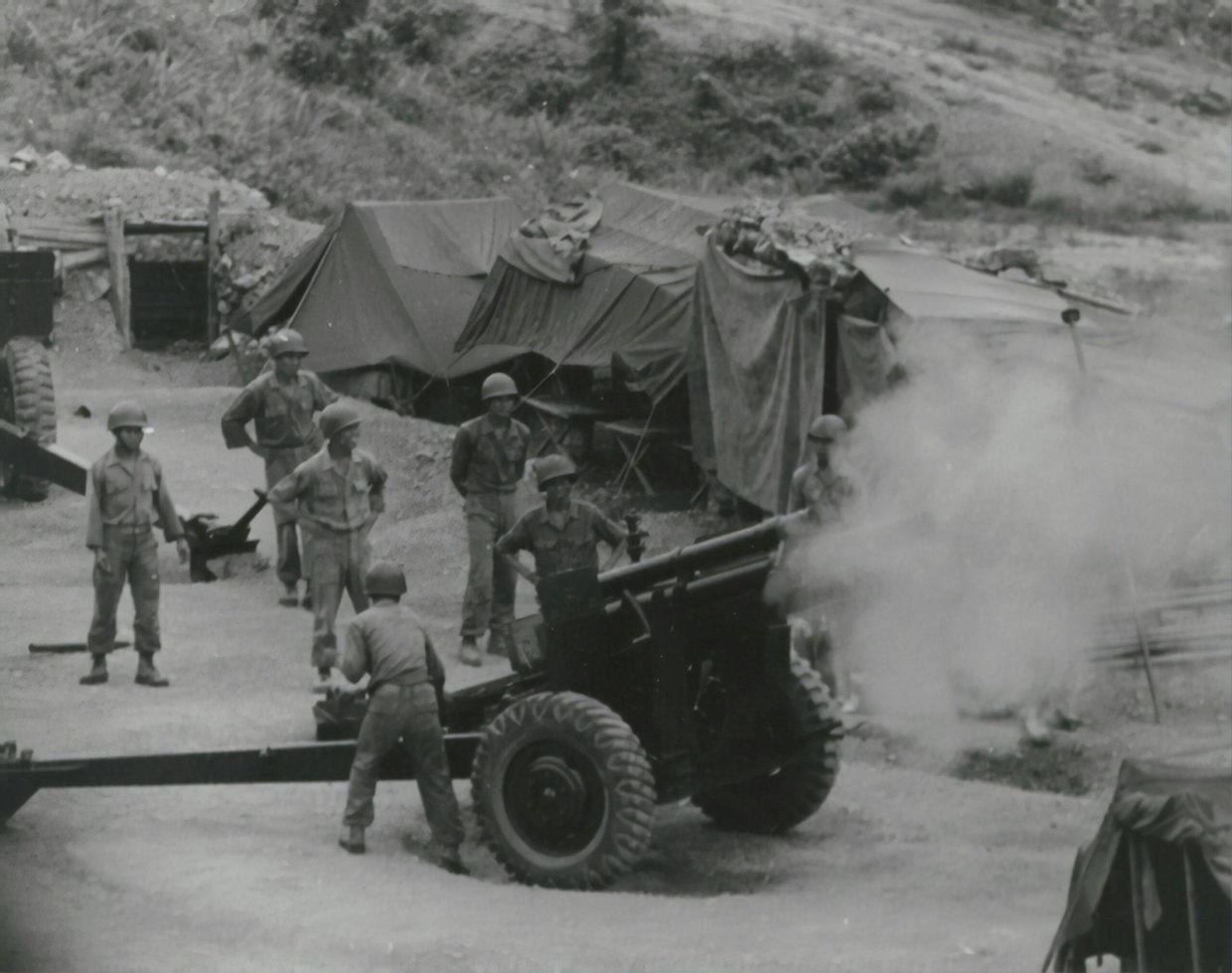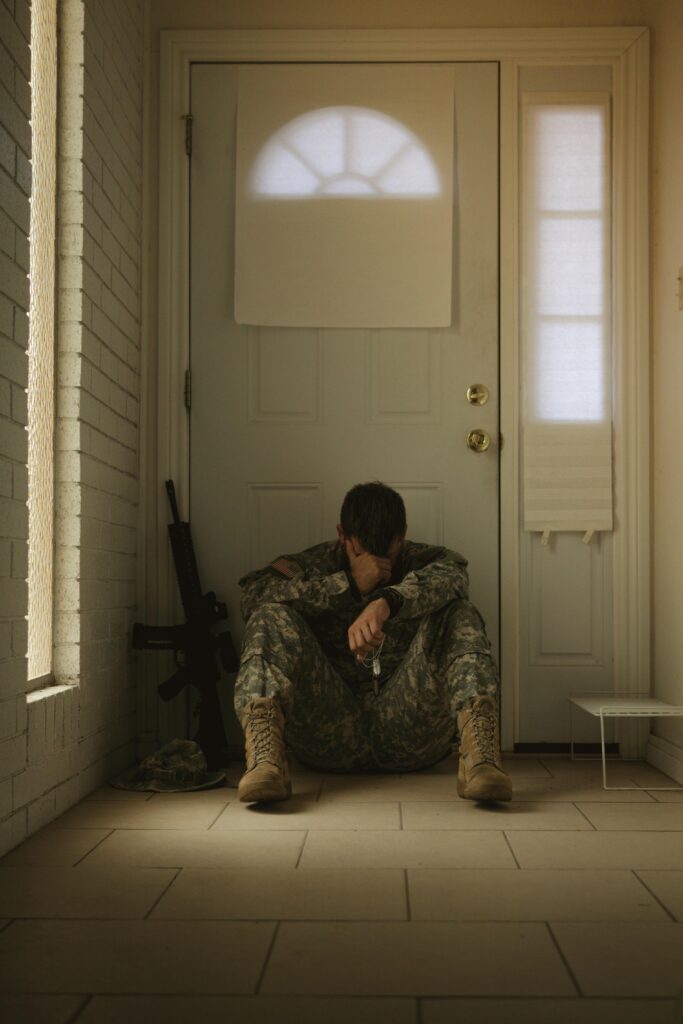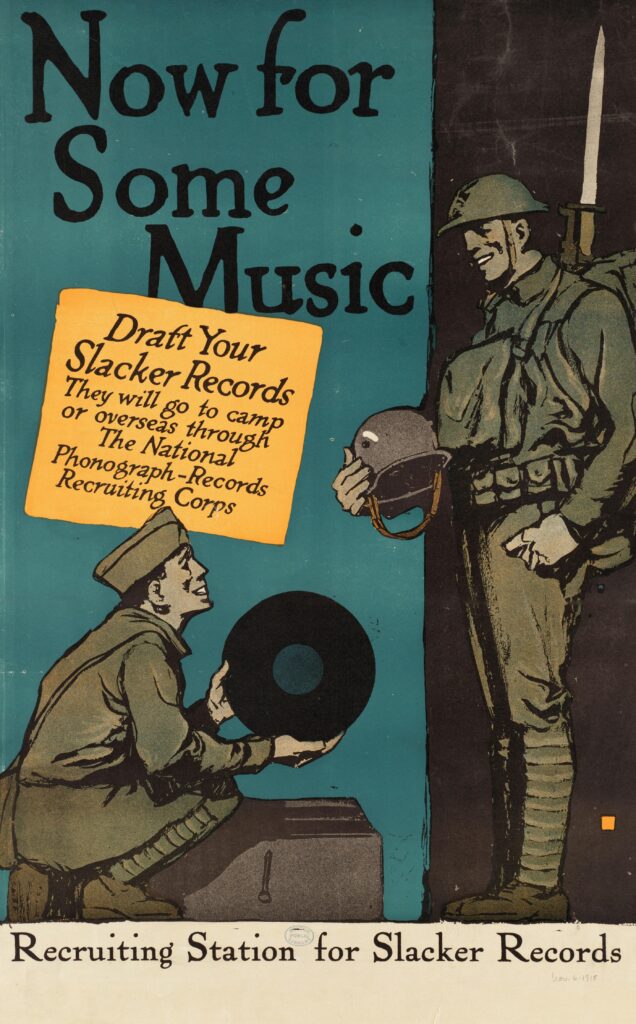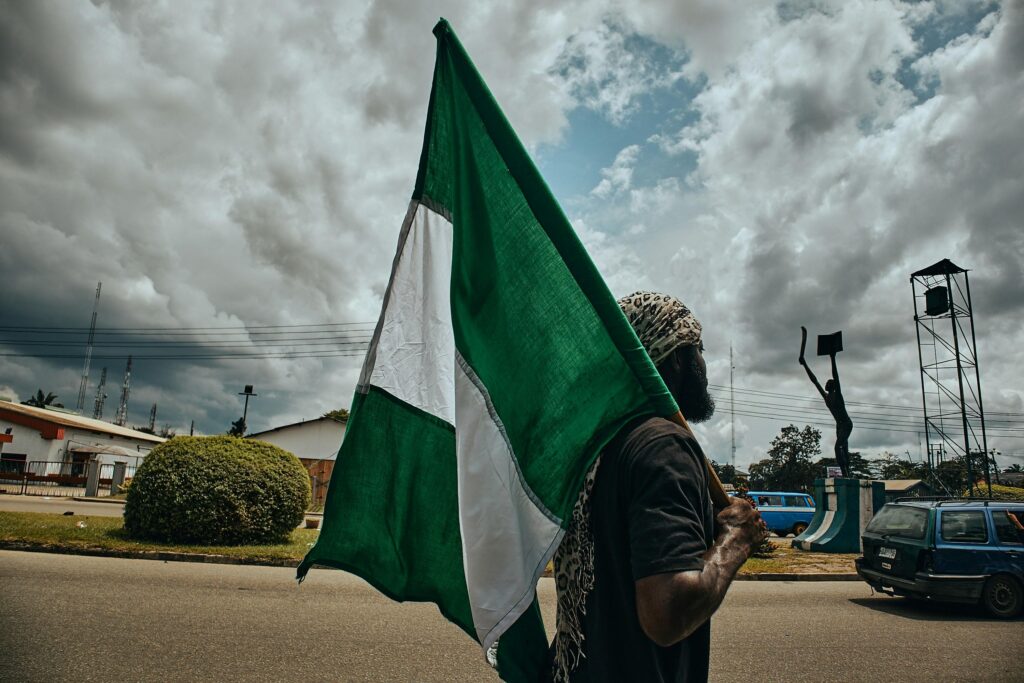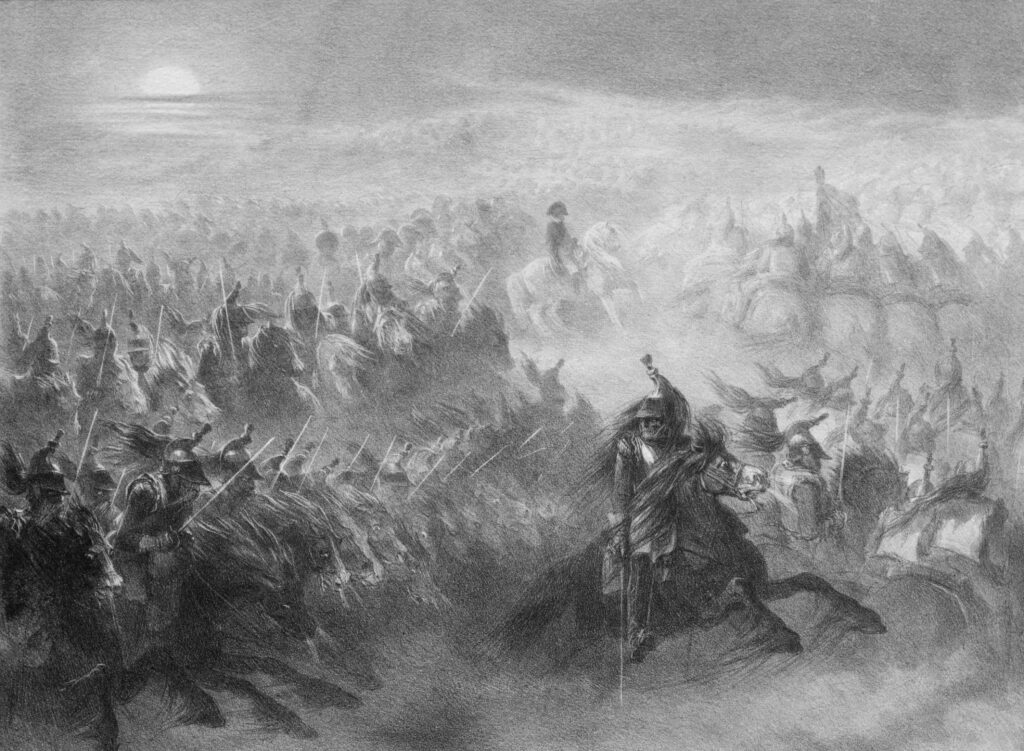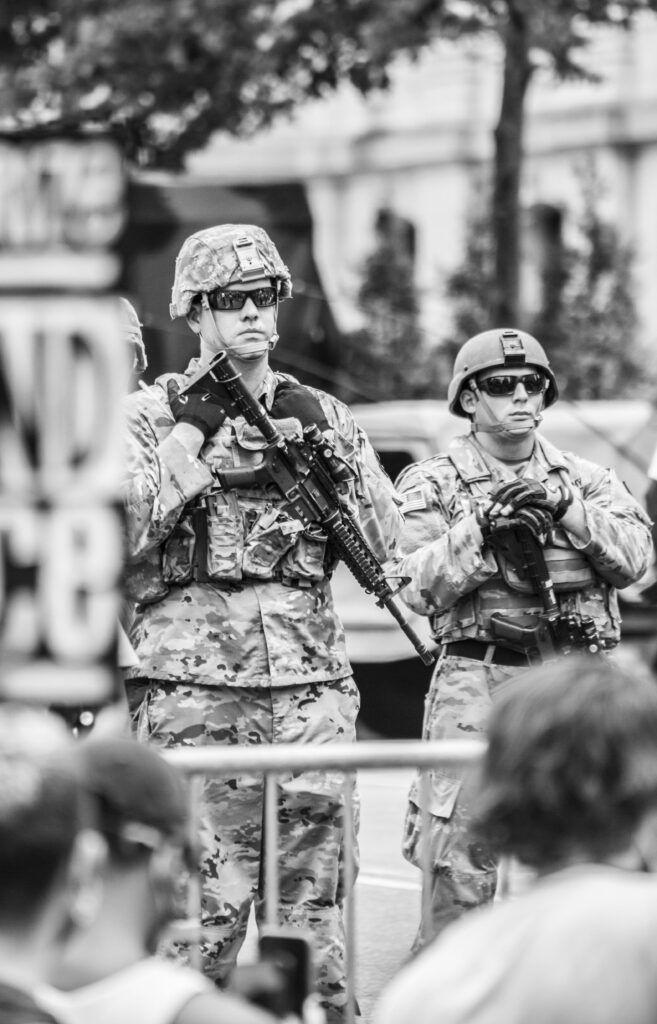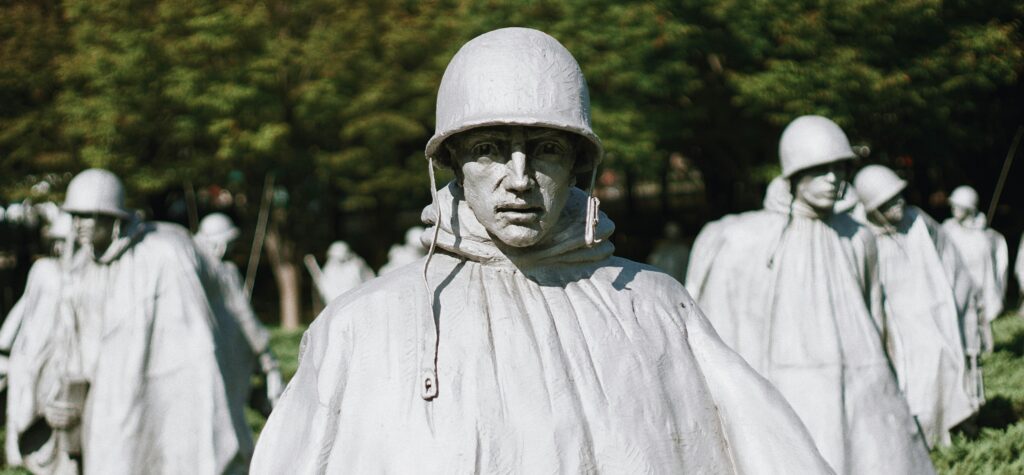The Vietnam War remains one of the most complex and consequential conflicts of the twentieth century, marked not only by fierce combat but also by intense political debates and widespread protests. Spanning nearly two decades, this war deeply influenced the course of international relations and shaped the social fabric of the United States and Vietnam alike. As we explore “,” we will journey through the intricate web of decisions made in government chambers, the passionate voices of those who marched against the war, and the harrowing experiences of soldiers on the battlefield. By understanding these intertwined facets, we gain valuable insights into the enduring lessons this conflict imparts on both war and peace.
Table of Contents
- The Political Landscape Behind the Vietnam Conflict
- Grassroots Movements and the Power of Protest
- Combat Realities and Soldier Experiences on the Front Lines
- Lessons Learned for Future Military and Diplomatic Engagements
- Key Takeaways
The Political Landscape Behind the Vietnam Conflict
At the heart of the Vietnam conflict lay a deeply intricate web of Cold War geopolitics, where the battle against communism overshadowed national sovereignty. The United States, driven by the Domino Theory, feared that a Communist victory in Vietnam would trigger a cascade of communist takeovers across Southeast Asia. This led to an escalated military presence and financial support for the South Vietnamese government, which struggled to maintain legitimacy amidst internal corruption and factionalism. Meanwhile, North Vietnam, backed by the Soviet Union and China, was fiercely committed to reunifying the country under a single Communist regime, viewing the conflict as an essential chapter in their struggle for independence and self-determination.
The political landscape was further complicated by a series of crucial factors that shaped the direction and intensity of the war:
- US domestic politics: Public opinion shifted dramatically as the war dragged on, sparking widespread protests and questioning the government’s transparency and strategy.
- International diplomacy: Efforts at negotiation, including the Paris Peace Talks, revealed the complexity of achieving a peaceful resolution amidst conflicting ideologies.
- South Vietnamese instability: Weak governance and frequent leadership changes undermined American efforts to stabilize the region.
- Global Cold War dynamics: The Vietnam conflict was a proxy battlefield where superpowers tested influence without direct confrontation.
Grassroots Movements and the Power of Protest
The Vietnam War era marked a significant turning point for civic engagement in the United States, as ordinary citizens harnessed their collective voice to challenge government policies and demand accountability. Across college campuses, city streets, and small towns, people united in protests that often transcended traditional political boundaries. These demonstrations weren’t merely acts of defiance; they became powerful catalysts for change, influencing public opinion and altering the course of national policy. At the heart of these movements was an unwavering commitment to peace, justice, and the fundamental right to question authority.
Grassroots organizers utilized a variety of innovative tactics to mobilize support and sustain momentum. Among their approaches were:
- Mass Sit-ins and Marches: Peaceful gatherings that attracted diverse demographics, illustrating widespread discontent.
- Musical and Artistic Expression: Songs, posters, and poetry that galvanized emotions and spread powerful messages.
- Networks of Civil Disobedience: Coordinated efforts to disrupt the status quo through non-violent resistance, drawing attention to moral and ethical concerns.
This era demonstrated how grassroots energy, fueled by a shared sense of purpose, can reshape history—not through force, but through the enduring power of protest.
Combat Realities and Soldier Experiences on the Front Lines
Life on the front lines during the Vietnam War was a mosaic of uncertainty, endurance, and raw human emotion. Soldiers often found themselves navigating dense jungles, dealing with relentless heat and monsoon rains, while facing an elusive enemy that expertly blended into the environment. The unpredictable nature of guerrilla warfare meant that danger could strike at any moment—from booby traps and ambushes to sudden firefights. Beyond the physical hardships, many troops grappled with feelings of isolation and moral ambiguity, questioning the purpose of their mission amid a conflict that seemed far from clear-cut.
Key aspects of soldier experiences included:
- Constant vigilance against hidden threats such as landmines and tunnels.
- The psychological toll of witnessing casualties among comrades and civilians.
- Adaptation to rapidly changing combat tactics employed by Viet Cong forces.
- The struggle to maintain morale amid political controversy and public dissent back home.
These elements combined to create a combat environment unlike any other, forging a unique camaraderie among those who served. The soldiers’ stories reveal not only the brutal face of war but also the resilience and complexity of the individuals who endured the front lines of this historic conflict.
Lessons Learned for Future Military and Diplomatic Engagements
In reflecting on the complexities of the Vietnam War, several enduring lessons emerge that can inform future military and diplomatic strategies. One key takeaway is the vital importance of understanding the cultural and political landscape before engaging in conflict. Underestimating local nationalist sentiments and overreliance on technological superiority proved costly. Equally, the war underscored the imperative of clear and realistic objectives, coupled with transparent communication to both domestic and international audiences. The intricate balance between military action and political negotiation clearly demonstrated that victory on the battlefield does not always translate into lasting peace.
Moreover, the role of public opinion and media in shaping wartime policy cannot be overstated. The Vietnam experience highlighted the power of protest movements and the need for governments to engage with citizen concerns proactively rather than dismissively. For future engagements, prioritizing diplomatic channels alongside military approaches offers a pathway to sustainable resolutions. Essential lessons include:
- Emphasizing cultural intelligence and partnerships with local populations
- Setting achievable goals aligned with political realities
- Maintaining open communication lines with citizens and allies
- Recognizing the influence of media and public sentiment on policy decisions
- Balancing military force with concerted diplomatic efforts
Key Takeaways
As we reflect on the complex tapestry of the Vietnam War, it is clear that the conflict was more than a battlefield struggle; it was a profound clash of political ideologies, a catalyst for widespread protest, and a poignant classroom for military and moral lessons. Understanding this pivotal chapter in history allows us to appreciate the courage of those who served, the passion of those who protested, and the lasting impact on both American society and global diplomacy. By looking back with a thoughtful eye, we honor the past and equip ourselves with wisdom to navigate the challenges of the future.


